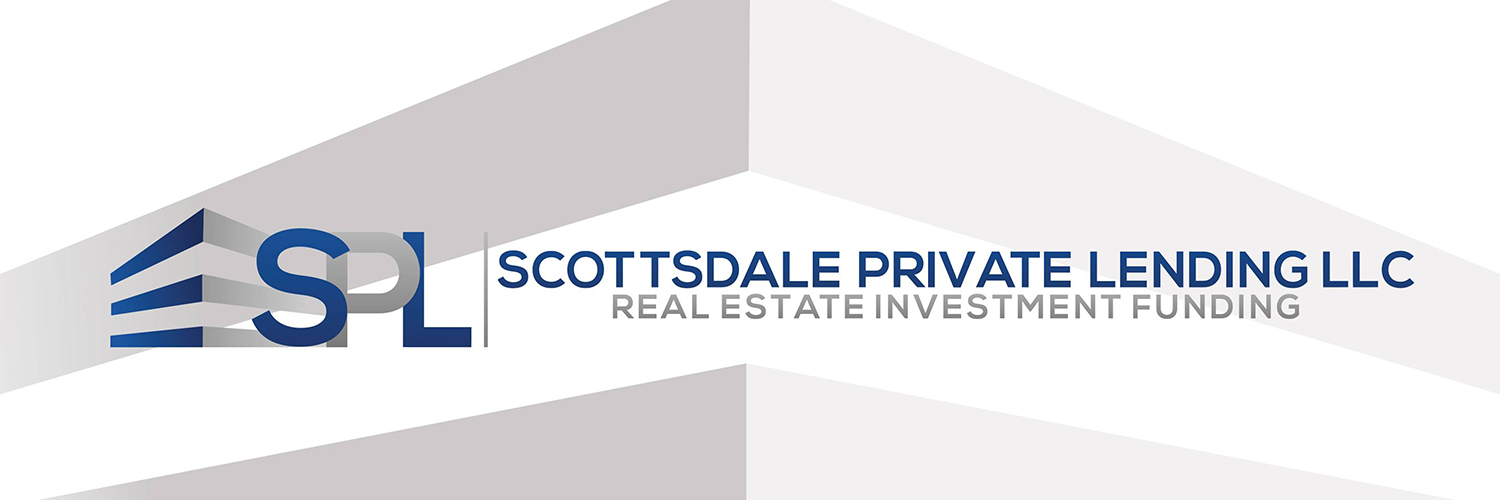Lenders Are Becoming More Creative As A Result Of Bank Tightening
At present, everybody seems to be watching what the big banks are doing. This is mainly because the third quarter results will be unveiled by Wall Street today. This will tell us a lot about the national economy and whether the pledges made by Donald Trump are starting to pay off. However, by only watching the likes of Citigroup and JPMorgan, investors are missing the more creative lenders. What happens on Wall Street is important, but so is everything else that happens in New York.
Credit Growth in Private Capital
Credit growth, it seems, is no longer in the banking sector. While banks still play a role, the real growth is in private capital. And it is also here that we are seeing the greatest innovation. Consider, as an example, HPS Investment Partners.
HPS Investment Partners, LLC (“HPS”) is a leading global investment firm with a focus on non-investment grade credit. Established in 2007, HPS has approximately 100 investment professionals and over 200 total employees, and is headquartered in New York with ten additional offices globally.
HPS has some $39 billion in investment capital. It was once part of JPMorgan Asset Management but it is now completely independent. It is also no longer simply a hedge fund, having morphed into something else. They have announced, for instance, that they will now lend some $6.5 billion to other companies, offering private debt and specialty loans. The money comes through limited partners’ equity investments as well as the bank debt.
Banks Borrow from Investment Firms to Provide Loans
What this basically means is that big banks will borrow HPS money, and this money will be used to create corporate loans. This is a new construction, as corporate loans would, in the past, simply be supplied directly by banks.
That said, the HPS example is the biggest of its kind and it is hard to tell whether others are using similar constructions. This is due to the opacity of the private market as a whole. However, similar tools have now been created by BlueBay and Apollo. Then again, consultants such as Preqin have seen significant increases in levels of private debt as well.
2017 is certainly off to a strong start, specifically bolstered by the highly active direct lending segment in the US. Fund managers across strategies are seeing increased and sustained investor appetite for access to all parts of the market at this point in the credit cycle, when a hybrid of private debt strategies are poised to return strong results. Finally, with 284 private debt funds in market globally targeting more than $112bn, competition for investor allocations will remain fierce for the remainder of 2017.
The banks are keen to say that this is not healthy. However, financiers disagree. They believe that, since banks are so reluctant to provide loans nowadays, hard money lenders are a necessity to ensure the economy can grow. While certain borrowers are certainly high risk, they are also necessary to the economy.
Outlook on Private Loans
Private debt, clearly, is a demonstration of creativity in the entrepreneurial market. It is a main driver of economic growth. It also does not offer such a huge systemic threat, since the credit risk is shared across different banks rather than a singe one. Should the loan turn sour, the limited partners are those most affected. Furthermore, there is no chance of capital flight, because the loans are locked for up to seven years.
However, some are worried that the sector is growing too soon and too fast. The Great Recession of 2007 was caused by loans being provided too quickly, with too few securities. There is a risk that hard money lenders are going the same way, unless proper lessons have been learned.
.center_container #informationFacilitiesContainer h1 { color: !important; }.tms-card-container h2, #categoryFacilitiesContainer h2 { color: !important; }.tms-button { background-color: !important; }.center_container #categoryFacilitiesContainer #categoryCardContainer .col .card-title { color: !important; }.pagination-container .pagination li a { color: !important; }.center_container #browsingFacilitiesContainer h1 { color: !important; }.center_container .tms-card-container #facilityCardContainer .card-title { color: !important; }browsingFacilitiesContainer html a { color: !important; }.qa-decor-border-red { border-bottom: 3px solid !important; }















